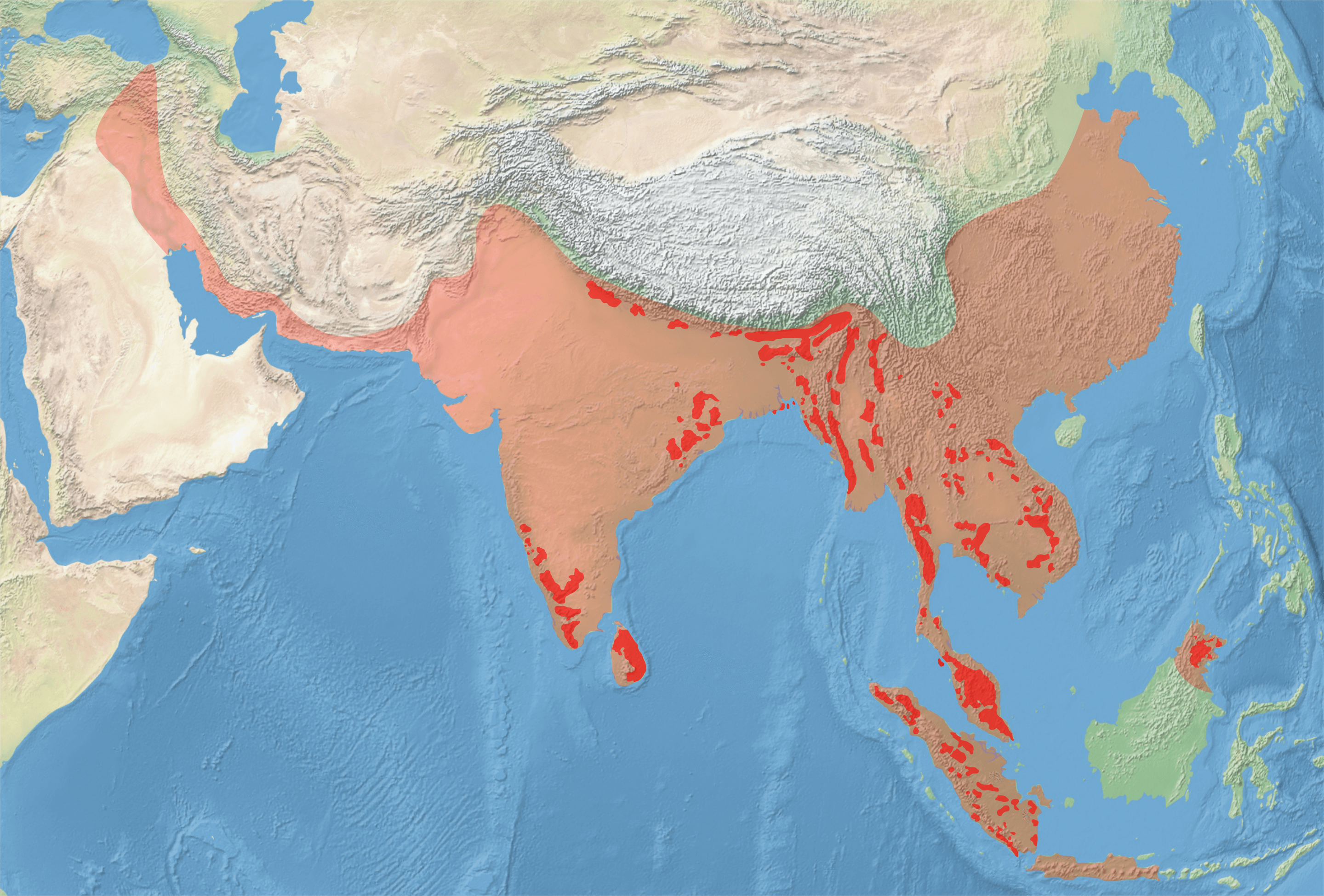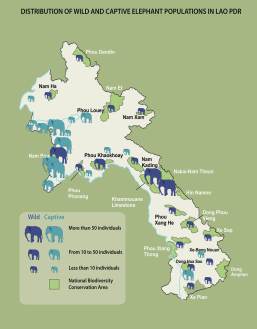Elephants have worked alongside humans for thousands of years. The ancient art of being an elephant owner (mahout) carries with it the responsibility of trust, skill, strength and kindness. Captive elephants in Laos are treated as family members by their adopted human family.
Sadly, captive elephant populations are in decline. Approximately 400 wild elephants remain in Laos. The new millennium has bought with it the burden of financial gain, with mahouts having to work their elephants seven days a week to earn a living. Until recently elephants were mainly employed in the logging industry, a very hard and dangerous job. Elephants are too overworked to reproduce and can even die from logging accidents.
The fertility of female elephants is markedly lost at 30 years of age. It’s very important that a cow has had the opportunity to reproduce before her reproductive health is compromised.
However a mahout cannot afford to rest his female elephant during her pregnancy and lactation. The cow cannot work for at least 4 years and a calf is a liability for logging mahouts who need to wait the animal’s 13th birthday before the elephant can make money by pulling logs – a very long time for a family to be without income.
All these factors mean the birth of a domestic calf is a rare event in Laos. However, the Elephant Conservation Center allows owners of pregnant cows to join their breeding programme during their elephant’s pregnancy and during the 2-3 years that follow it. This supports elephant reproduction while offering mahouts a paid job. Thanks to the Elephant Conservation Center’s breeding incentive programme, captive elephants and their owners are given alternative options. This hopefully will help Laos remain a sacred heartland for elephants.



